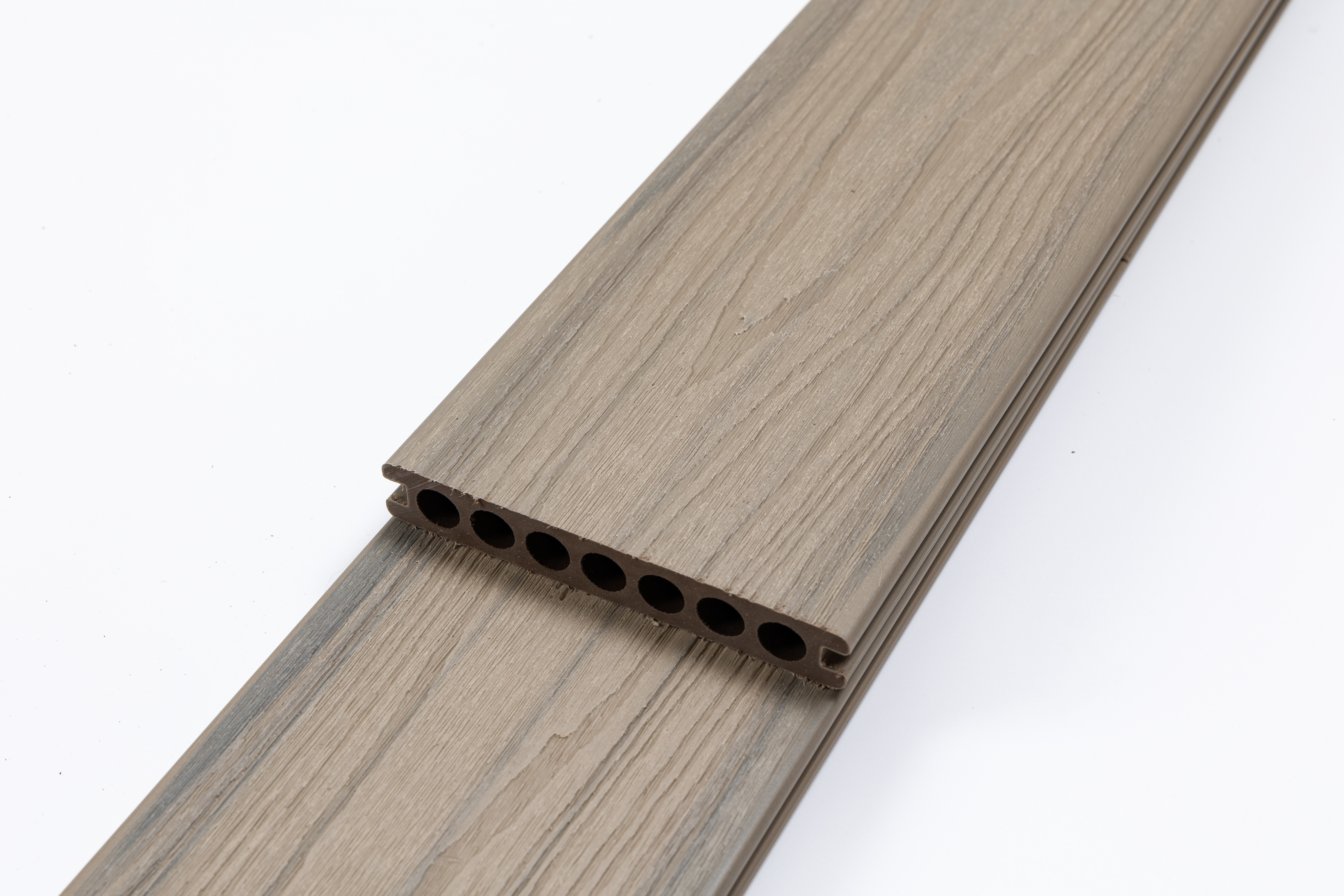Transforming Construction with Composite Materials
In recent years, the construction industry has witnessed a significant transformation. Traditional building materials such as concrete, steel, and wood are gradually being complemented by innovative solutions that offer enhanced performance, durability, and sustainability. Among these, composite materials have emerged as a leading choice for modern architects, engineers, and developers. Composite materials combine two or more constituent materials to create a product with superior characteristics that cannot be achieved by individual components alone. But what exactly makes composite materials so valuable in contemporary construction projects?
The advantages of composite are multifaceted. First, they offer high strength-to-weight ratios, allowing structures to be lighter without compromising durability. Second, composites are resistant to corrosion, moisture, and environmental degradation, which reduces long-term maintenance costs. Third, they provide designers with flexibility, enabling complex shapes and innovative architectural concepts that would be difficult with traditional materials. As the demand for sustainable, long-lasting, and efficient construction grows, the adoption of composite materials continues to expand across commercial, residential, and industrial projects.
Advantages of Composite in Modern Construction
Enhanced Structural Strength
Composite materials are engineered to offer exceptional structural strength. Unlike conventional materials, composites can be tailored to specific requirements, ensuring that buildings withstand high loads and environmental stress. Their layered structure distributes stress effectively, minimizing the risk of structural failure. This property is particularly beneficial in earthquake-prone regions, where durability and resilience are critical for safety.

Lightweight and Versatile
One of the key advantages of composite materials is their lightweight nature. Using composite components in construction reduces the overall weight of buildings, which can decrease foundation requirements and lower construction costs. Moreover, composite materials can be molded into a variety of shapes, offering architects unparalleled design flexibility. This versatility allows for the creation of modern, aesthetically pleasing structures without compromising on performance or safety.
Corrosion and Weather Resistance
Composite materials exhibit excellent resistance to corrosion, moisture, and harsh environmental conditions. Unlike steel, which can rust, or wood, which can decay, composites maintain their integrity over time. This property ensures that buildings and infrastructure require less maintenance, extending their lifespan and reducing the need for costly repairs. In coastal or humid environments, the resistance of composite materials to weathering is particularly valuable.
Applications of Composite Materials in Construction
Residential Buildings
Composite materials are increasingly used in residential construction. From roofing panels to wall cladding and flooring, composite solutions provide homeowners with durable, low-maintenance, and visually appealing options. These materials also offer excellent thermal insulation properties, contributing to energy-efficient homes that reduce utility bills and environmental impact.
Commercial and Industrial Structures
In commercial and industrial projects, composite materials are used for structural beams, facades, flooring systems, and even bridges. Their strength, durability, and lightweight nature make them ideal for large-scale applications where traditional materials may be cumbersome or insufficient. Additionally, composite materials can be engineered to meet fire safety standards, chemical resistance, and other specialized requirements, making them a versatile choice for diverse environments.
Infrastructure Projects
Composite materials are also transforming infrastructure projects such as bridges, tunnels, and transportation facilities. By incorporating composites, engineers can reduce maintenance costs, improve structural performance, and enhance the longevity of critical infrastructure. The adaptability of composite materials allows for innovative designs that address both functional and aesthetic considerations, elevating the standard of modern infrastructure.
Sustainability Benefits of Composite
Eco-Friendly Manufacturing
The production of composite materials often involves environmentally friendly processes. Many composites incorporate recycled content, reducing the need for virgin raw materials. This approach aligns with global efforts to minimize carbon footprints and promote sustainable development. Choosing composite materials supports green construction initiatives and contributes to the creation of eco-conscious communities.
Energy Efficiency in Buildings
Composite materials provide excellent thermal insulation, which reduces energy consumption in heating and cooling systems. Buildings constructed with composite panels and components can maintain stable indoor temperatures, lowering energy bills and greenhouse gas emissions. The energy efficiency of composite materials is a crucial factor in meeting modern building codes and environmental standards.
Longevity and Resource Conservation
Durability is another sustainability advantage of composite materials. Because composites resist wear, corrosion, and environmental stress, they last longer than traditional materials. This extended lifespan reduces the frequency of repairs and replacements, conserving natural resources and minimizing construction waste over time.
Design Flexibility and Innovation with Composite
Customization and Aesthetic Options
Composite materials allow for a high degree of customization in building design. Architects and designers can create unique textures, colors, and finishes that meet aesthetic preferences while maintaining structural integrity. Unlike traditional materials that may impose design limitations, composites enable creative expression without compromising performance.
Integration with Smart Technologies
Modern construction increasingly integrates smart technologies, and composite materials are well-suited for this trend. Composites can be engineered to accommodate sensors, embedded wiring, and other intelligent systems, enhancing building functionality. This capability supports the development of smart homes, offices, and industrial facilities that optimize energy use, safety, and user experience.
Facilitating Modular Construction
Modular construction is gaining traction as a cost-effective and time-efficient building method. Composite materials are ideal for prefabricated modules due to their lightweight, durable, and easy-to-handle properties. Using composites in modular construction accelerates project timelines, reduces labor costs, and ensures consistent quality across multiple units.
Maintenance and Longevity of Composite Structures
Low Maintenance Requirements
One of the most compelling reasons to adopt composite materials is their low maintenance needs. Unlike steel and wood, composites do not require frequent painting, sealing, or treatments to prevent decay or corrosion. This characteristic significantly reduces long-term maintenance costs and allows building owners to focus resources on other operational priorities.
Resistance to Environmental Factors
Composite materials are designed to withstand extreme weather conditions, UV exposure, moisture, and chemical contact. This resistance ensures that composite structures retain their strength and appearance over time. Whether used in residential, commercial, or infrastructure projects, composites deliver consistent performance in diverse environments.
Cost-Effectiveness Over Time
Although composite materials may have higher initial costs compared to traditional materials, their longevity, durability, and low maintenance requirements make them cost-effective in the long run. The reduced need for repairs, replacements, and maintenance contributes to overall savings and improves the return on investment for construction projects.
Future Trends in Composite Materials
Advanced Material Innovations
The field of composite materials continues to evolve with advancements in material science. Researchers are developing composites with enhanced strength, thermal properties, fire resistance, and even self-healing capabilities. These innovations will further expand the applications of composites in construction and infrastructure, offering solutions that meet ever-growing industry demands.
Growing Adoption in Green Construction
As sustainability becomes a central focus in construction, composite materials are likely to see even wider adoption. Their eco-friendly properties, energy efficiency, and long lifespan make them ideal for green building projects. Future construction standards and regulations are expected to favor the use of sustainable materials, positioning composites as a cornerstone of environmentally responsible architecture.
Integration with Digital Design and Fabrication
The integration of digital design and fabrication technologies with composite materials is another emerging trend. Advanced software, 3D printing, and automated manufacturing processes allow precise control over composite structures, enabling highly efficient and customized construction solutions. This synergy between technology and materials will redefine construction methodologies in the coming years.
FAQ
What is composite material in construction
Composite materials are engineered by combining two or more constituent materials to achieve superior properties. In construction, composites offer enhanced strength, durability, and versatility compared to traditional materials, making them suitable for residential, commercial, and infrastructure applications.
Why are composite materials preferred over traditional materials
Composite materials provide high strength-to-weight ratios, resistance to corrosion and environmental factors, design flexibility, and low maintenance requirements. These advantages make composites a cost-effective and sustainable choice for modern construction projects.
How does composite improve energy efficiency
Composite materials often possess excellent thermal insulation properties. By maintaining stable indoor temperatures, they reduce the need for heating and cooling, lowering energy consumption and utility costs while contributing to environmental sustainability.
Can composite materials be used in modular construction
Yes, composite materials are ideal for modular construction due to their lightweight, durable, and versatile nature. They facilitate the creation of prefabricated modules, allowing faster construction timelines, reduced labor costs, and consistent quality.
Table of Contents
- Transforming Construction with Composite Materials
- Advantages of Composite in Modern Construction
- Applications of Composite Materials in Construction
- Sustainability Benefits of Composite
- Design Flexibility and Innovation with Composite
- Maintenance and Longevity of Composite Structures
- Future Trends in Composite Materials
- FAQ

